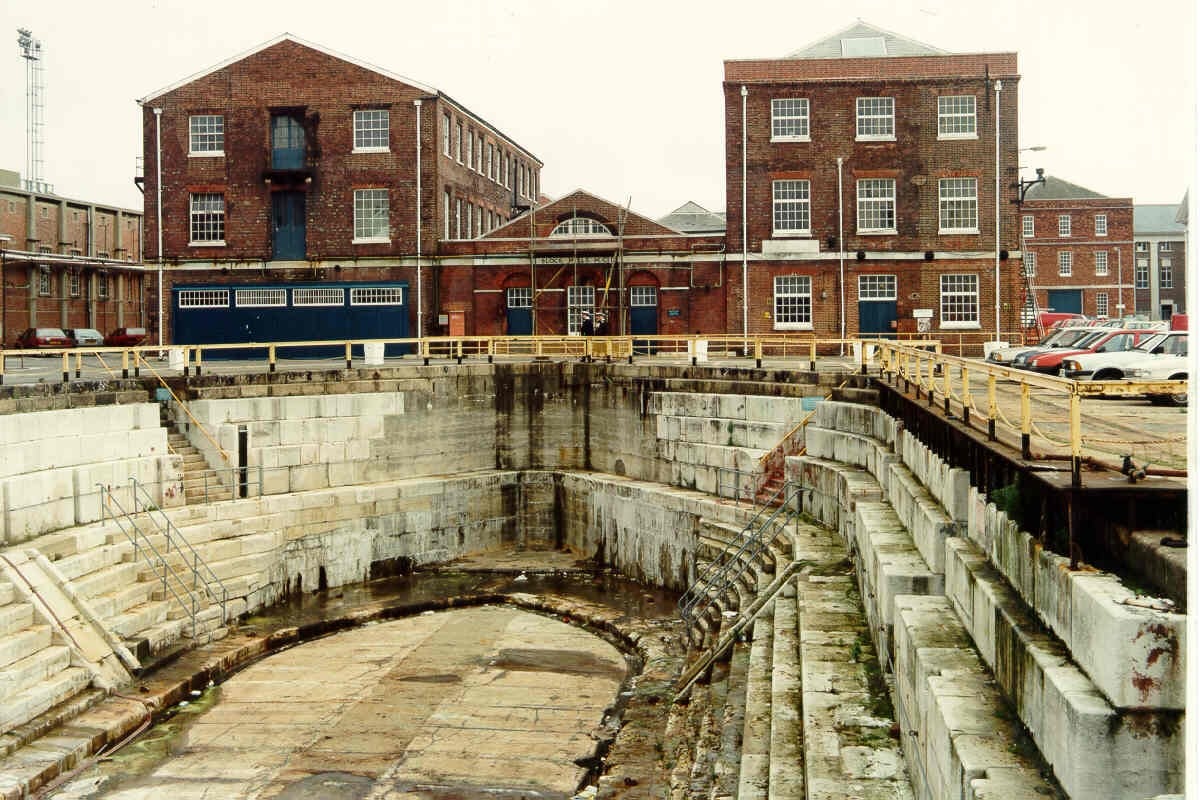Funding Advice for Heritage Champions
Follow our three simple steps below to give your funding bid the best chance of success. Whilst we refer in particular to Historic England and HLF, there is a wide range of other funding sources to explore.
The process of establishing a sound estimate for a proposed project may reveal the need for external funding. There are various potential sources of funding for heritage projects; for example:
The Heritage Alliance Directory lists the sources of support, financial and otherwise, for anyone taking on a heritage project. There's also the Heritage Funding Directory UK managed by the Heritage Alliance and the Architectural Heritage Fund. A useful resource of general information on funding is Funding Central.
Step 1: Read the funder’s guidance thoroughly and begin your background research
Once you know approximately how much money you need, read the funder’s guidance thoroughly and get a sense of their priorities.
For example, Historic England would expect all projects funded through our grant schemes to align with our Corporate Plan. A good starting point for learning about the grants offered by Historic England is Our Grant Schemes web page.
For bids to the National Lottery Heritage Fund, a good starting point is to visit their web page ‘Check what we fund’.
Don’t forget to research the wider landscape in which your project will be delivered. You need to understand how the project will fit with other local initiatives and, where relevant, national policies too. The National Planning Policy Framework (NPPF) identifies three dimensions to sustainable development: an economic role, a social role and an environmental role. How will your project contribute toward the positive growth agenda that underlies the planning system? Linked with this, what's the sustainability of the outcomes you are seeking to achieve?
Top tip
For bids to NLHF, it's a good idea to do some research in NLHF's online community. Use its open forum for sharing learning, tips and advice on all aspects of project development and delivery. Discussion threads range from how much you should budget for consultants, to planning for partnership bidding.
Step 2: Identify the outcomes you wish to achieve and how you'll evaluate the project
Understanding how the outcomes you wish to achieve align with those of your funder is important. When applying for funding from the HLF, consider the outcomes you wish to achieve in the context of:
- Outcomes for heritage
Do you aim for heritage to be better managed? In better condition? Better interpreted and explained? Or identified/recorded? - Outcomes for people
Will people have developed skills? Learned about heritage? Changed their attitudes and/or behaviour? Had an enjoyable experience? Or volunteered time? - Outcomes for communities
Will environmental impacts be reduced? Will more people and a wider range of people have engaged with heritage? Or will your local area/community be a better place to live, work or visit?
As stated on the NLHF website: “We’re passionate about the difference NLHF-funded projects make for heritage, people and communities. That’s why we take account of the outcomes your project will achieve in our assessment.”
This line of thought will naturally lead to work on project evaluation. Quoting from Historic England’s document ‘Guidance for Grant Projects’: “It is important that all projects commissioned by Historic England make an impact. You should, where practical, attempt to assess this as part of your project. This evaluation should be comprehensive but proportionate. You should address impact evaluation at the planning stage of your project, and set out how you will do this.”
For guidance about the kinds of outcomes/impact which might be recognised, read in particular Appendix 1 in our Guidance for Grant Projects.
Top tip
Make use of pre-application processes or having initial conversations with potential funders. These will help you to shape your proposal, ensuring that you are able to clearly articulate your vision, make links to other related projects where appropriate and/or learn from others’ experiences.
Step 3: Commit to your vision
It may be tempting to pepper your application with buzzwords that you hope will resonate with the funder. Don’t do it! The most powerful applications are those that are written in plain English. Focus on the outcomes you want to achieve, connected with a well-developed vision. Consider how your vision will impact on local people, not just the heritage site or asset(s) identified, and make that clear in your bid.
Identify project risks and measures that could effectively mitigate those risks. All projects have a degree of risk and convincing a funder that you can stay on top of those risks is important.
Be prepared to answer ‘why now?’ either in the bid or related discussions. Timing can be due to a range of factors such as the state of a building, the availability of match funding or events tied into a particular anniversary. In a competitive funding market this can be a deciding factor and set your application apart.
Top tip
If you plan to invest in the project – in cash or in kind – it will convey confidence in the project and show the applicant has a stake in the project’s success.





